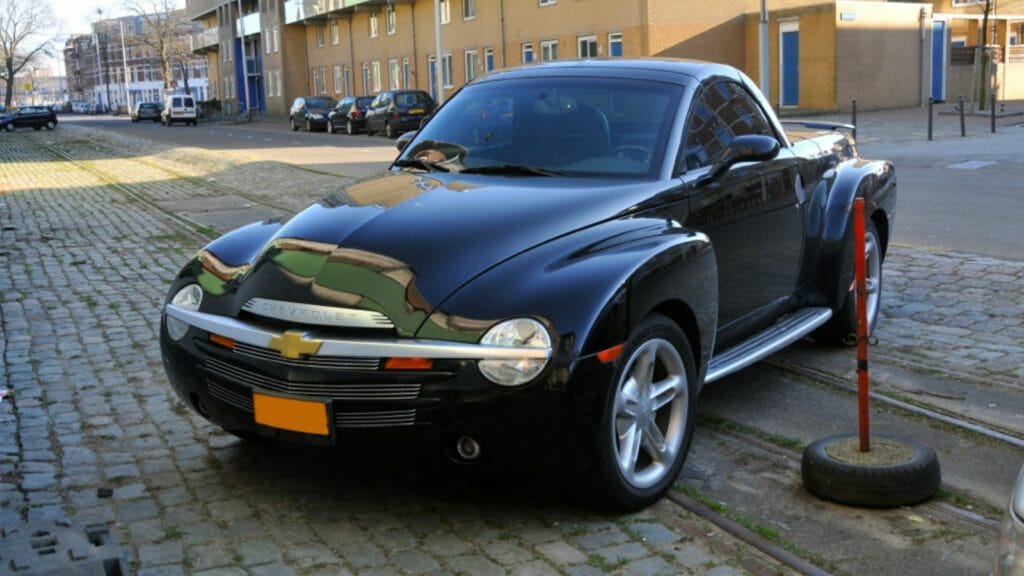Pickup trucks are supposed to be a guaranteed win in North America. Tough looks, big beds, and solid powertrains usually mean healthy sales numbers. But not every truck can be a Ford F-150 or a Ram 1500. Some were doomed from the start, either because they were too strange, too expensive, or simply failed to do what a truck is meant to do. Let’s dig into 10 of the worst-selling pickup trucks of all time, with some sales numbers and inside stories that show exactly why these trucks flopped.
Lincoln Blackwood (2002)
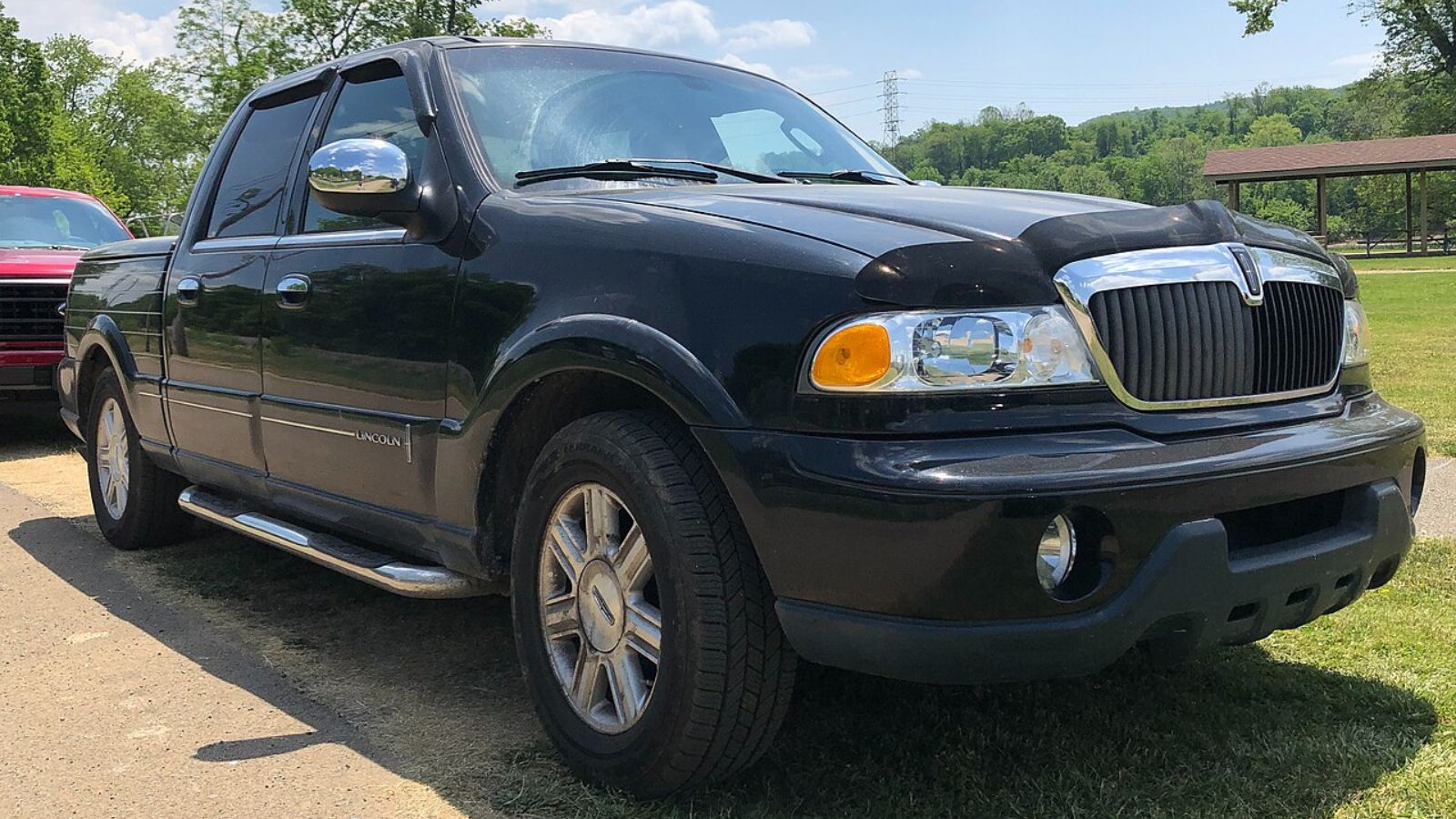
The Blackwood was meant to blend Lincoln luxury with truck utility, but it turned out to be the worst of both worlds. Its bed wasn’t a bed at all—it was a carpet-lined box covered with a power tonneau, which made it utterly useless for hauling anything dirty. It launched with only one color choice, black, and a staggering $52,000 price tag at the time. Buyers weren’t impressed. Lincoln sold fewer than 3,400 Blackwoods before it was axed after just one year, making it one of the fastest and most humiliating failures in truck history.
Subaru Baja (2003–2006)
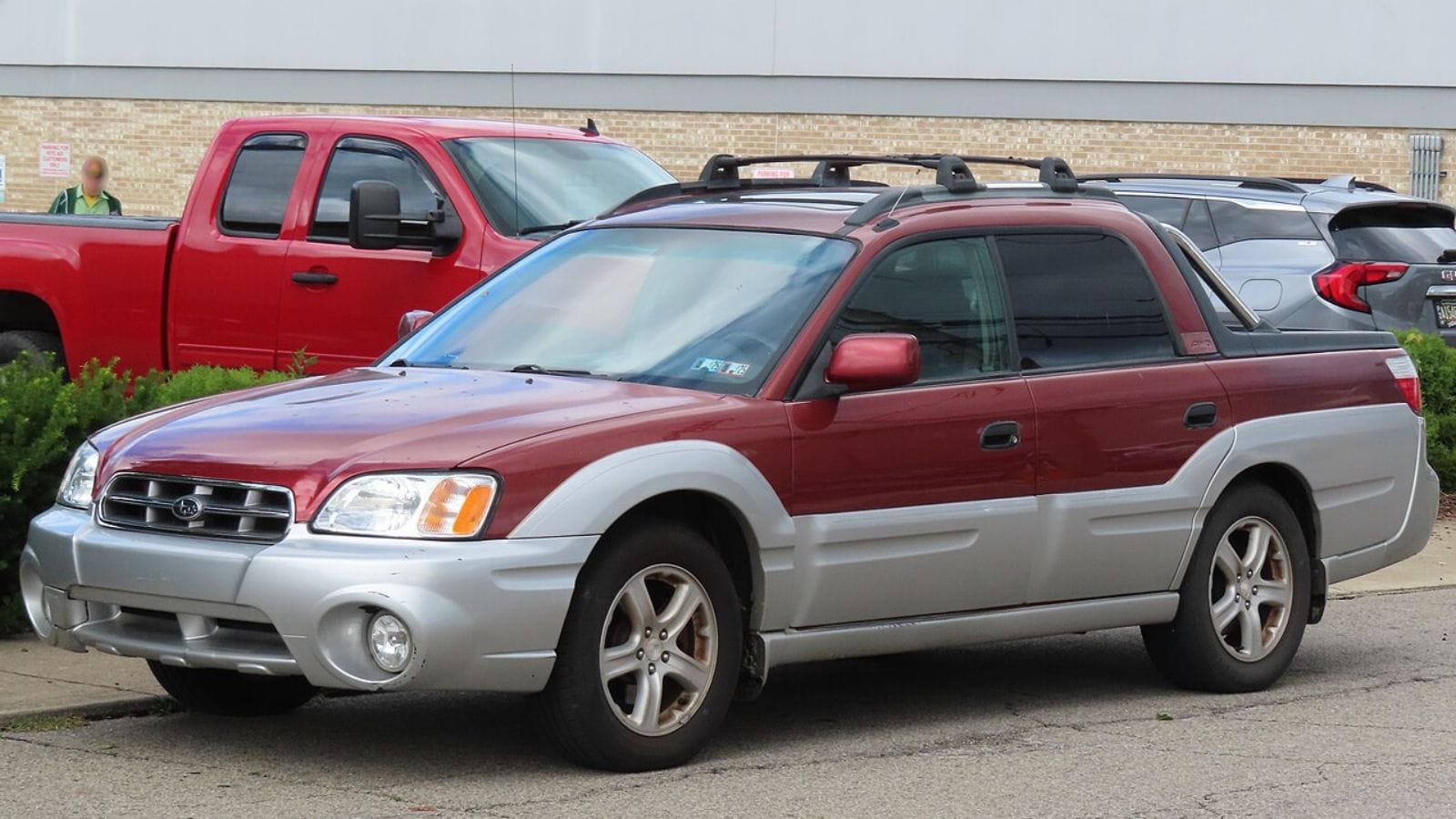
The Baja was Subaru’s attempt to crack into the small pickup market, but it confused more than it convinced. Built off the Legacy wagon, it had all-wheel drive and Subaru’s durability on its side. What it didn’t have was a real bed. Its short, awkward cargo area turned off truck buyers, while Subaru loyalists wondered why they’d ever need one. Despite quirky advertising and a cult following today, it managed just over 30,000 sales across its run. In the world of pickups, that’s a disaster.
GMC Envoy XUV (2004–2005)
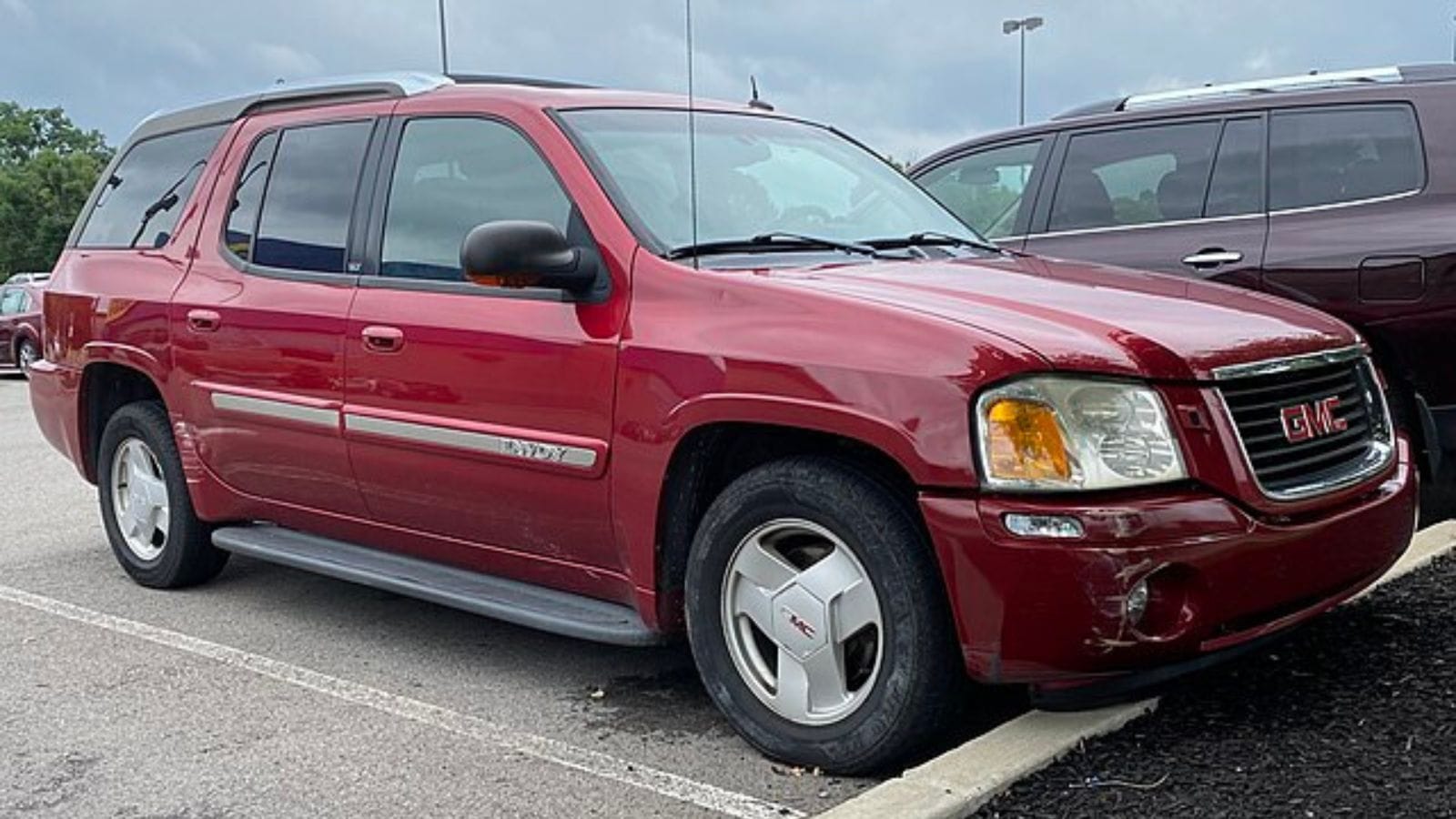
The Envoy XUV is one of GM’s strangest creations—a midsize SUV with a sliding roof and retractable rear to mimic a pickup. It was a technical marvel on paper, but in reality it was overweight, overcomplicated, and overpriced. Buyers didn’t see the point when a real Sierra was sitting across the showroom floor. GM sold under 13,000 units in two years, and the XUV quickly went down in history as one of GM’s weirdest missteps.
Dodge Dakota Sport Convertible (1989–1991)
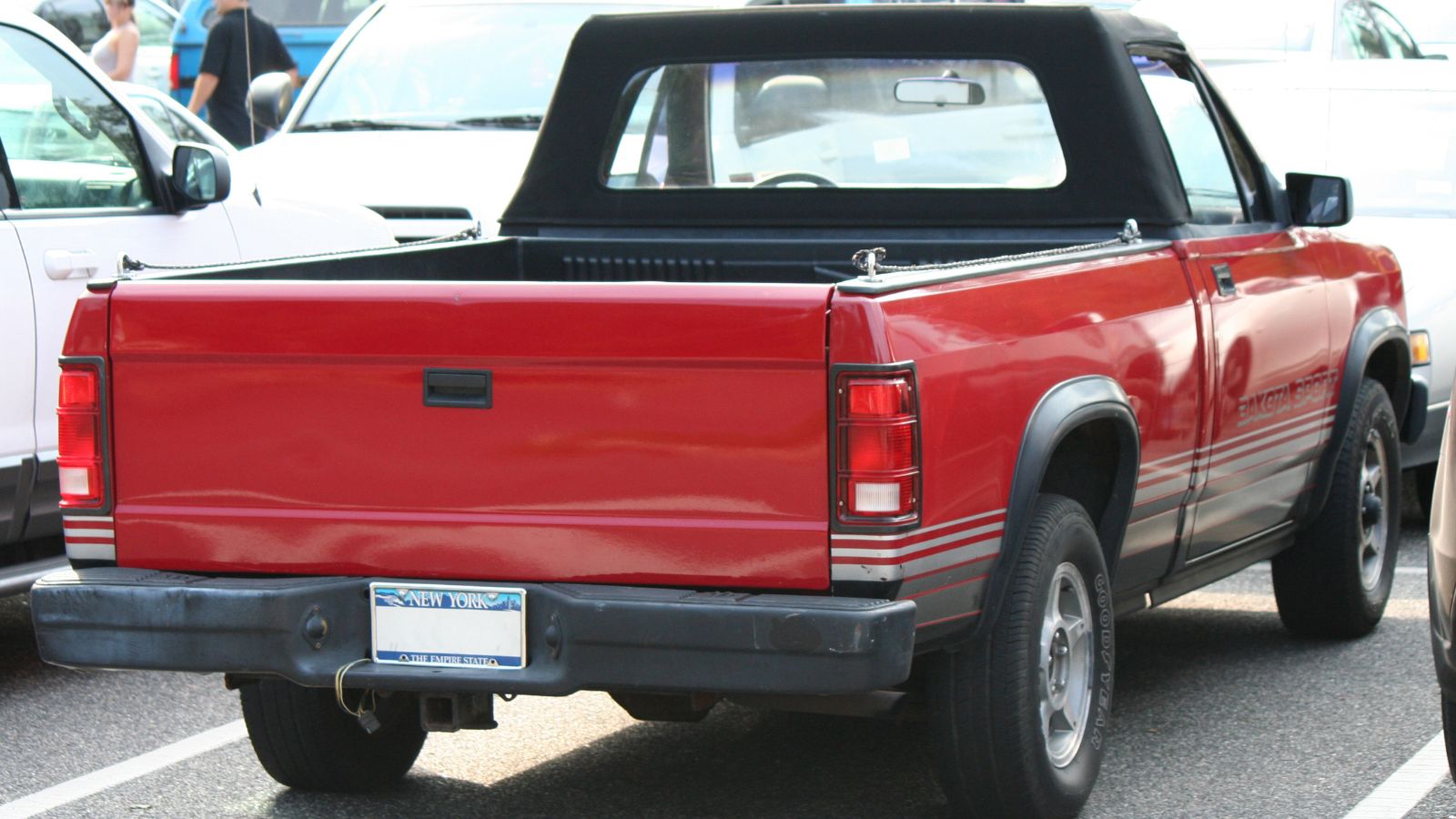
In the late 80s, Dodge tried to bring some lifestyle flair to the pickup world with a convertible Dakota. It sounded good at the time—combine truck practicality with open-air fun. The problem? Pickup buyers weren’t asking for it. With only about 2,800 sold in total, it was more novelty than necessity. Today, it’s a rare collectible, but at the time, it was a reminder that just because you can build it doesn’t mean you should.
Chevrolet SSR (2003–2006)
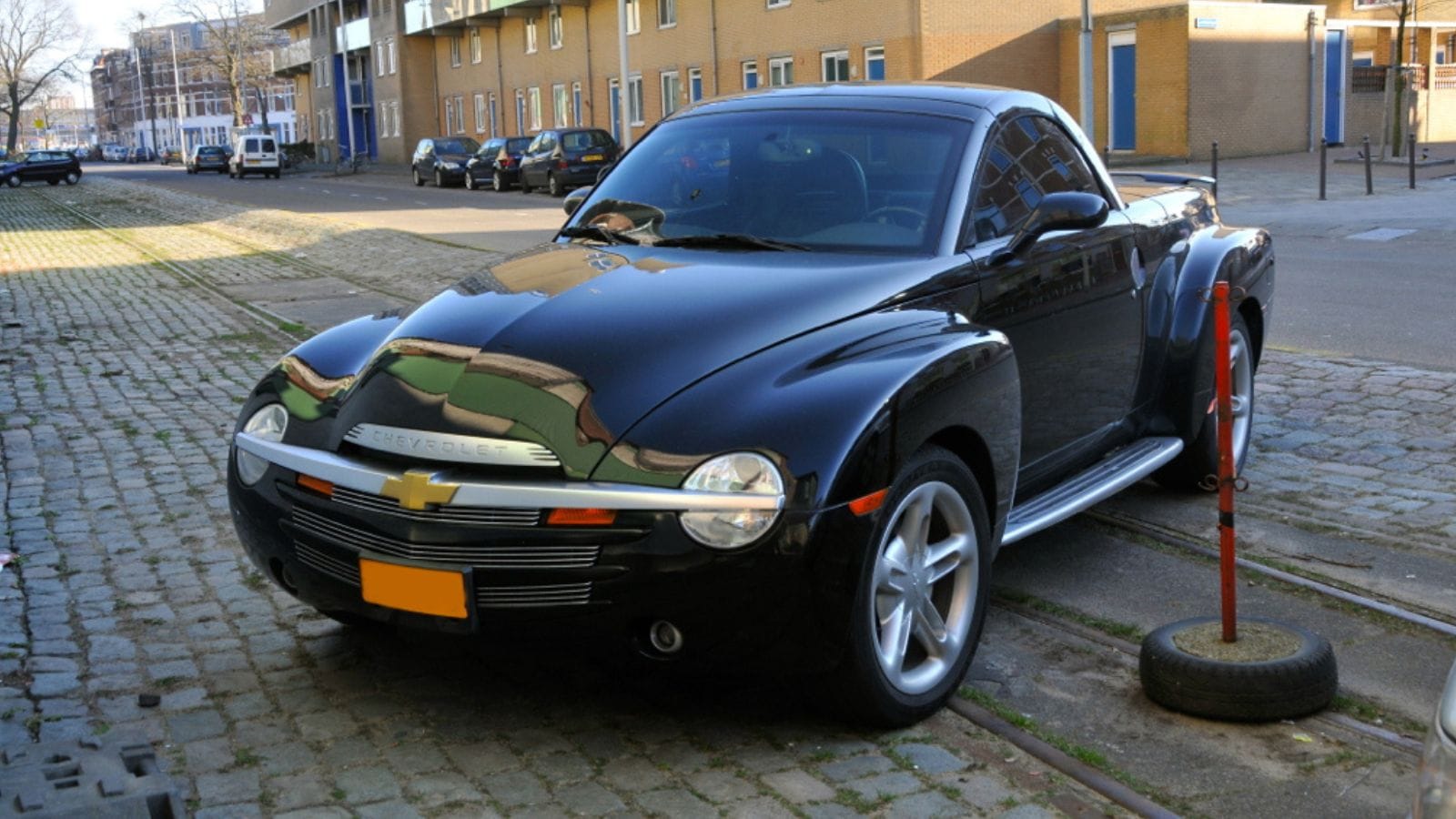
Chevy wanted a retro hot-rod pickup, so they built the SSR with swooping fenders, a retractable hardtop, and bold styling. Unfortunately, it weighed over 4,700 pounds and was more about looks than usefulness. Early models were sluggish with a 5.3L V8, and while later versions got Corvette engines, the $40,000-plus price tag scared buyers away. In three years, only around 24,000 SSRs left the lots, proving style alone couldn’t carry a pickup.
Honda Ridgeline (2006, first generation)
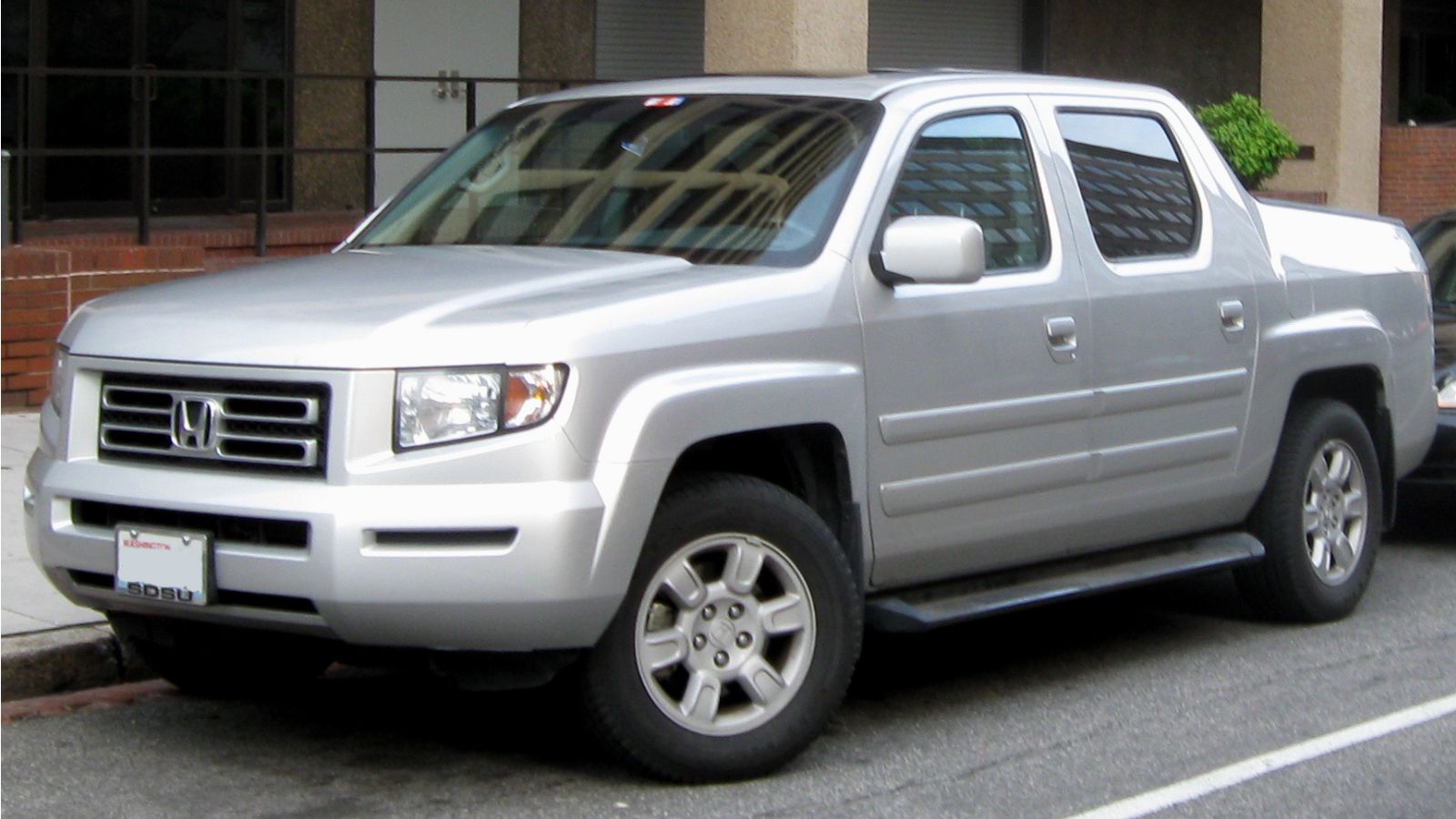
Honda’s first shot at the American truck market was bold but missed the mark with traditional truck buyers. Built on a unibody platform, it had innovative features like an in-bed trunk, but it couldn’t tow or haul like the competition. Its odd styling didn’t help either. Sales lagged far behind expectations, with fewer than 50,000 units moved in its best year—tiny numbers compared to Ford or Chevy. Later generations redeemed the Ridgeline, but the first-gen was widely dismissed as a weak attempt.
Mitsubishi Raider (2005–2009)
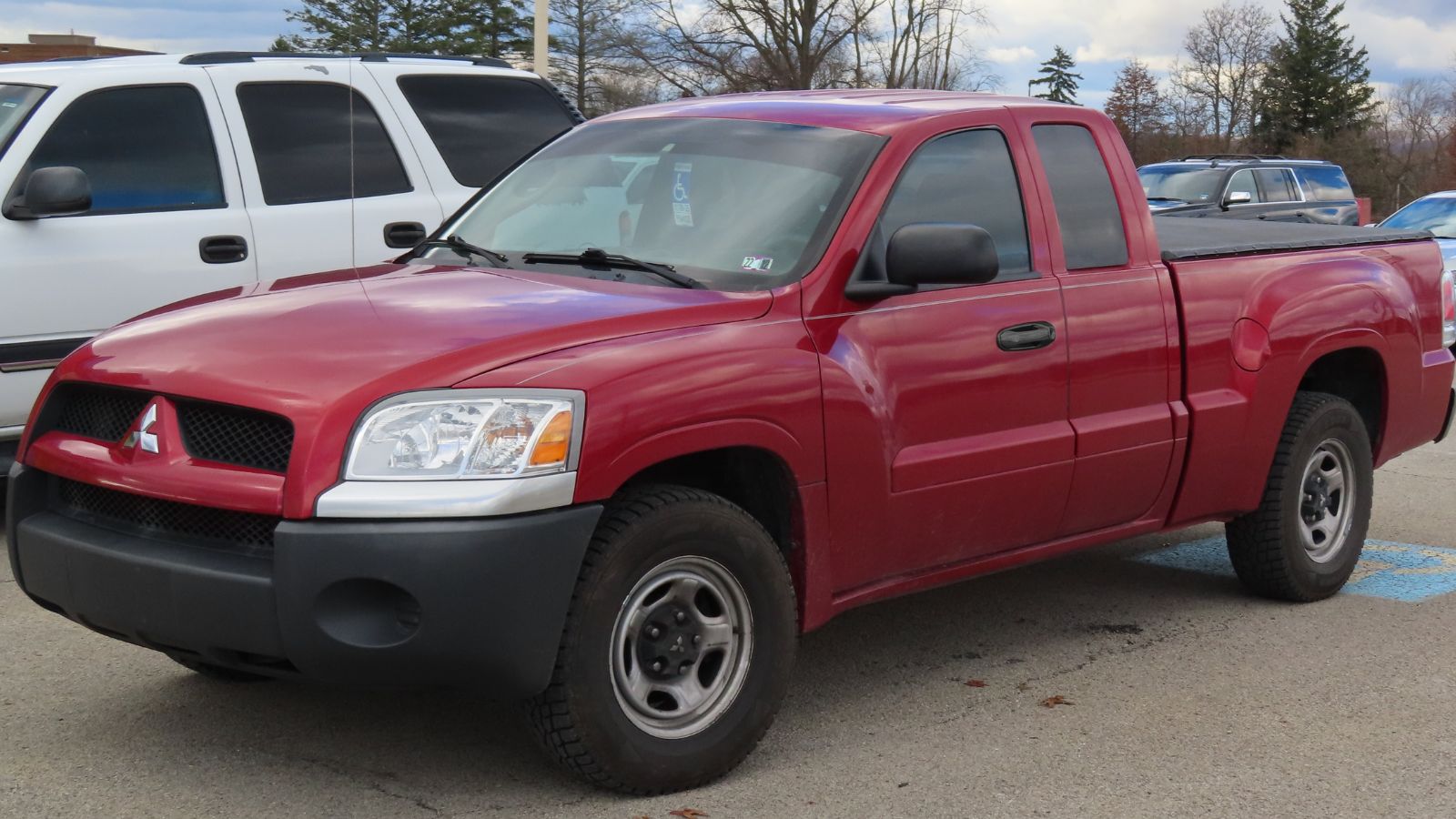
Mitsubishi needed a truck, so they borrowed Dodge’s Dakota and slapped their badge on it. The Raider was more expensive, less supported by marketing, and lacked the loyal following of Dodge. Buyers weren’t fooled, and sales totaled a dismal 28,000 over four years. By comparison, Ford sold over 800,000 F-Series in just one year. The Raider is remembered as Mitsubishi’s last, failed shot at the U.S. truck market.
Ford Explorer Sport Trac (2000–2010)
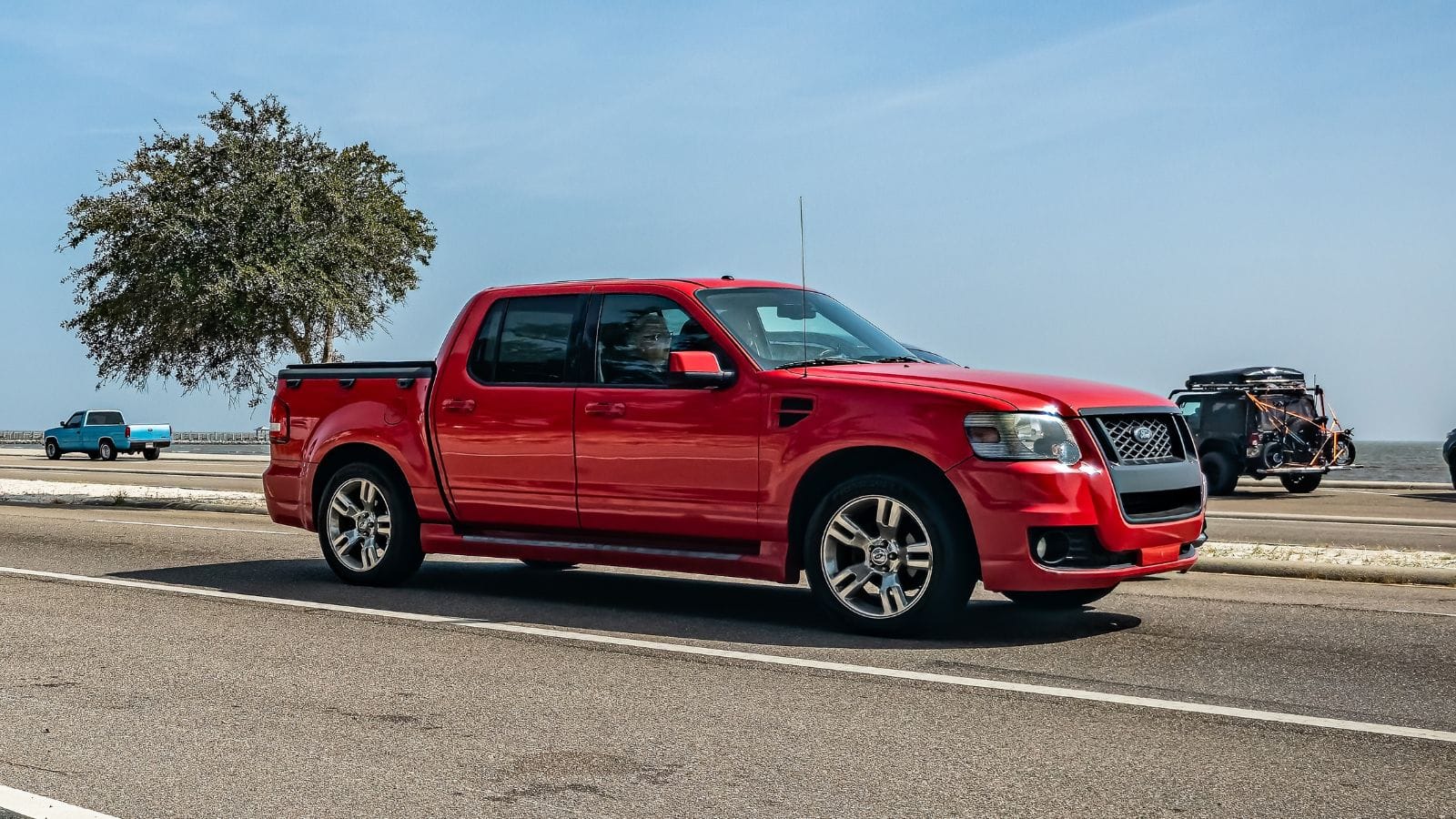
The Sport Trac was Ford’s attempt at a lifestyle pickup, combining SUV comfort with a small bed. While it sold decently at first, it never found its place. Truck owners wanted more capability, SUV fans didn’t need a bed, and the towing capacity lagged far behind rivals. Sales dwindled badly by the mid-2000s, and Ford quietly discontinued it after 2010. Despite being on sale for a decade, its numbers were a fraction of Ford’s big trucks.
Cadillac Escalade EXT (2002–2013)
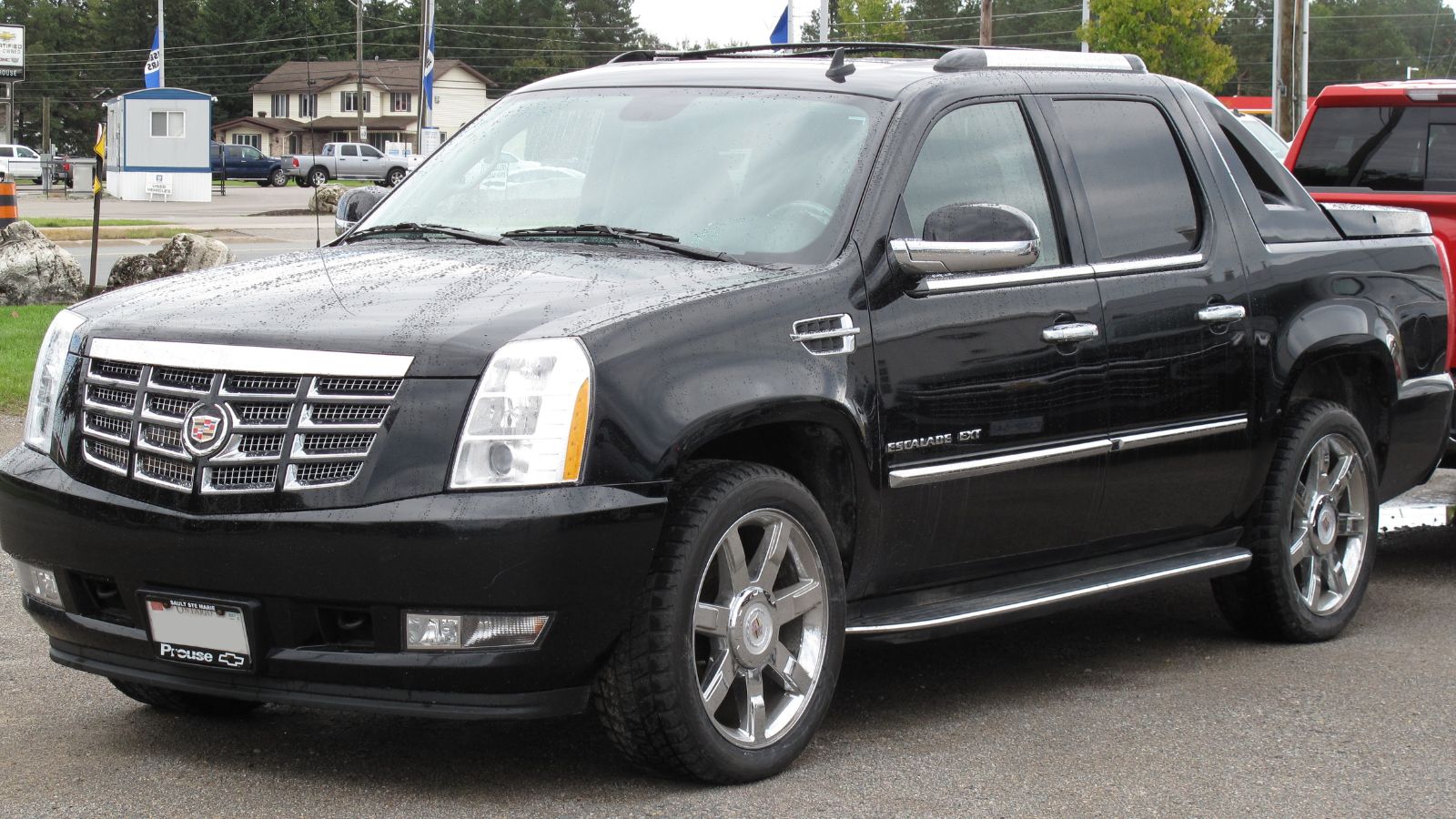
The Escalade EXT was Cadillac’s glitzy spin on the Chevy Avalanche, aimed at luxury buyers who wanted a truck that made a statement. While it offered plenty of chrome and leather, it cost over $55,000 at launch, and very few truck buyers wanted to pay Cadillac prices for Avalanche-level utility. Sales never broke more than 13,000 units per year, and by 2013, GM pulled the plug. Today, it’s a curiosity rather than a success story.
Volkswagen Amarok (North American attempts, 2010s)

The Amarok has done well overseas, but VW could never make it work in North America. Between high costs, limited dealer presence, and emissions concerns, VW never officially launched it here in large numbers. A handful made it through gray imports, but buyers weren’t about to spend premium money on a VW pickup when Ford and Toyota already owned the market. The Amarok remains an example of a truck that might have worked here—but never actually did.
25 Facts About Car Loans That Most Drivers Don’t Realize

Car loans are one of the most common ways people fund car purchases. Like any other kind of loan, car loans can have certain features that can be regarded as an advantage or a disadvantage to the borrower. Understanding all essential facts about car loans and how they work to ensure that you get the best deal for your financial situation is essential. Here are 25 shocking facts about car loans that most drivers don’t realize:
25 Facts About Car Loans That Most Drivers Don’t Realize
